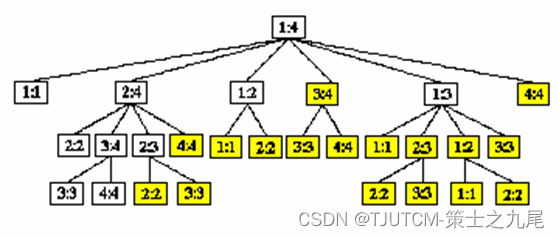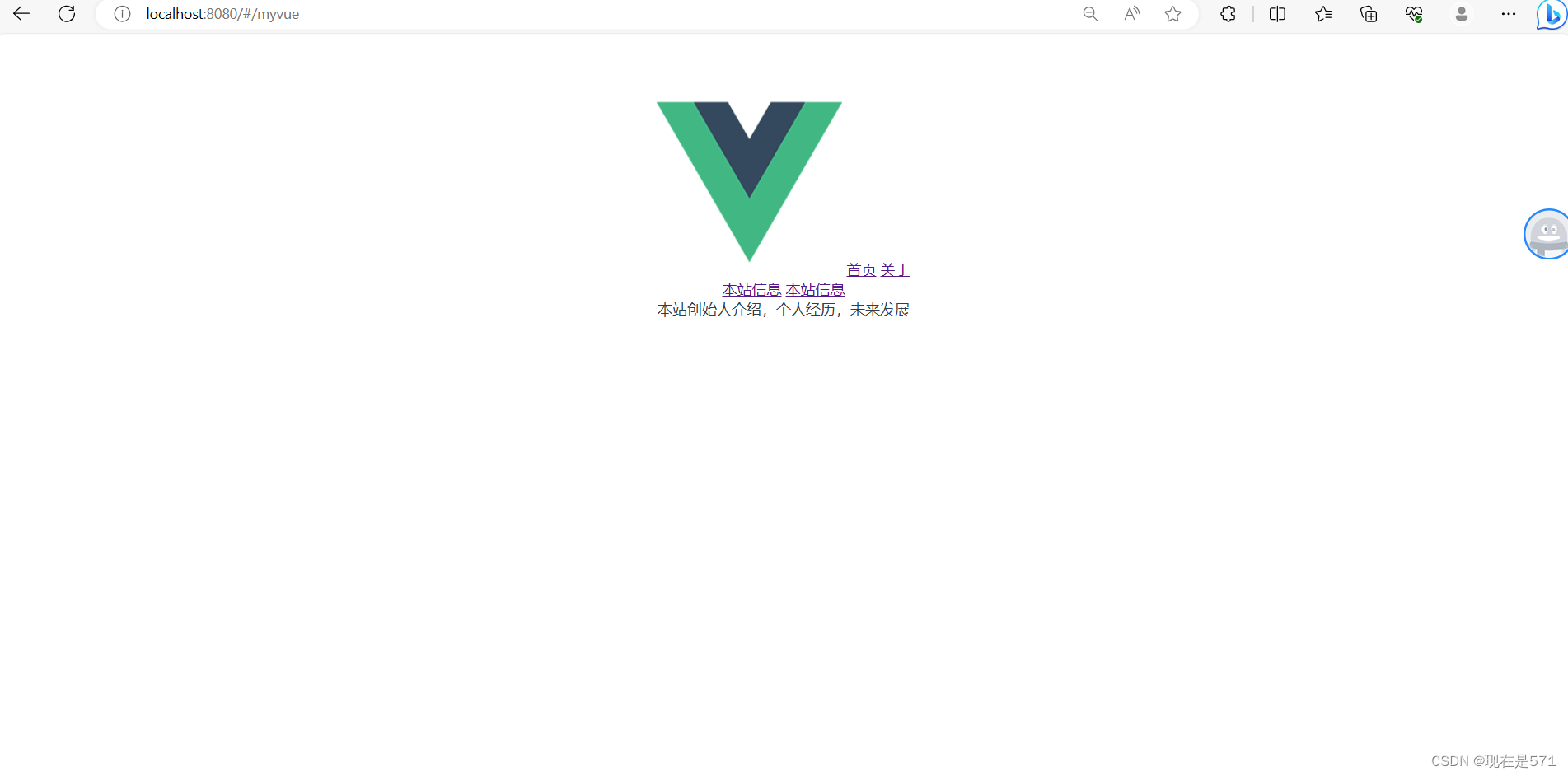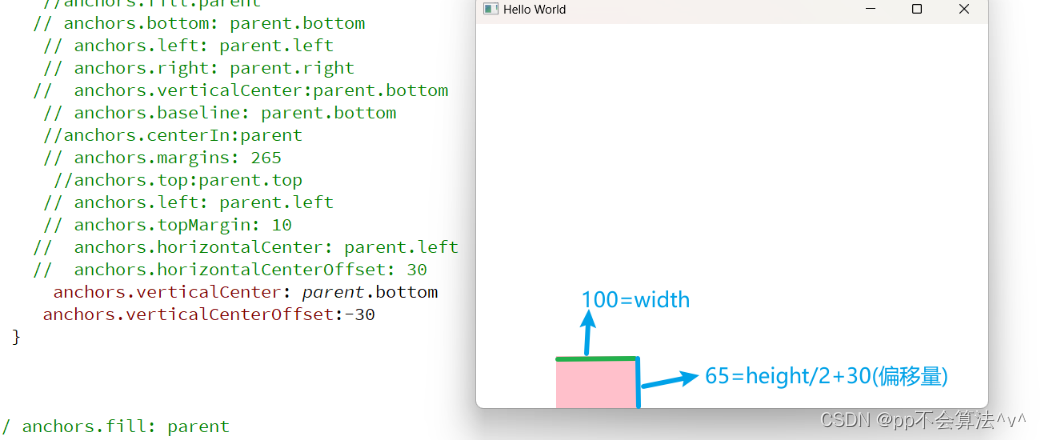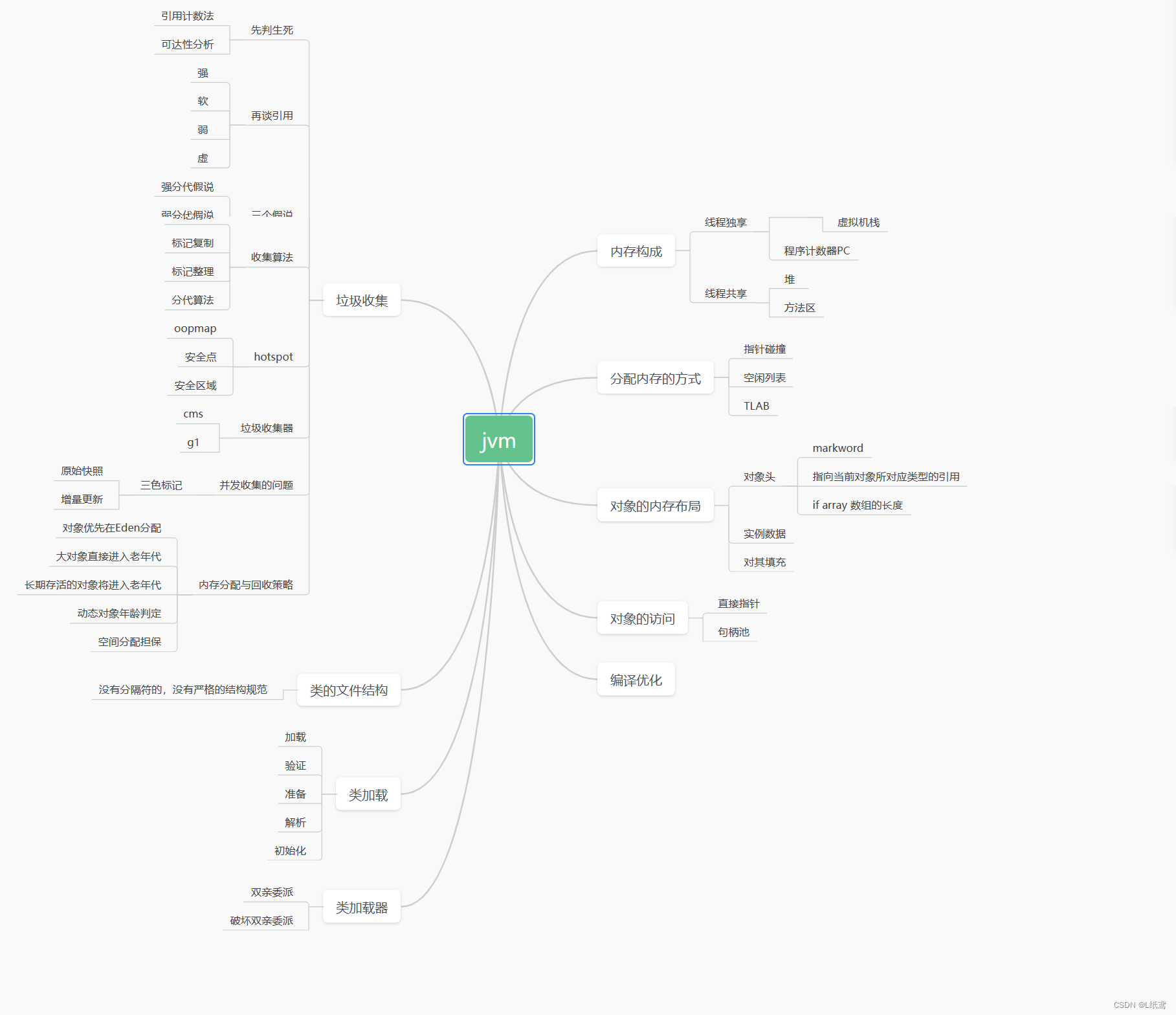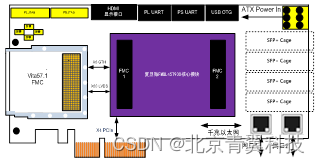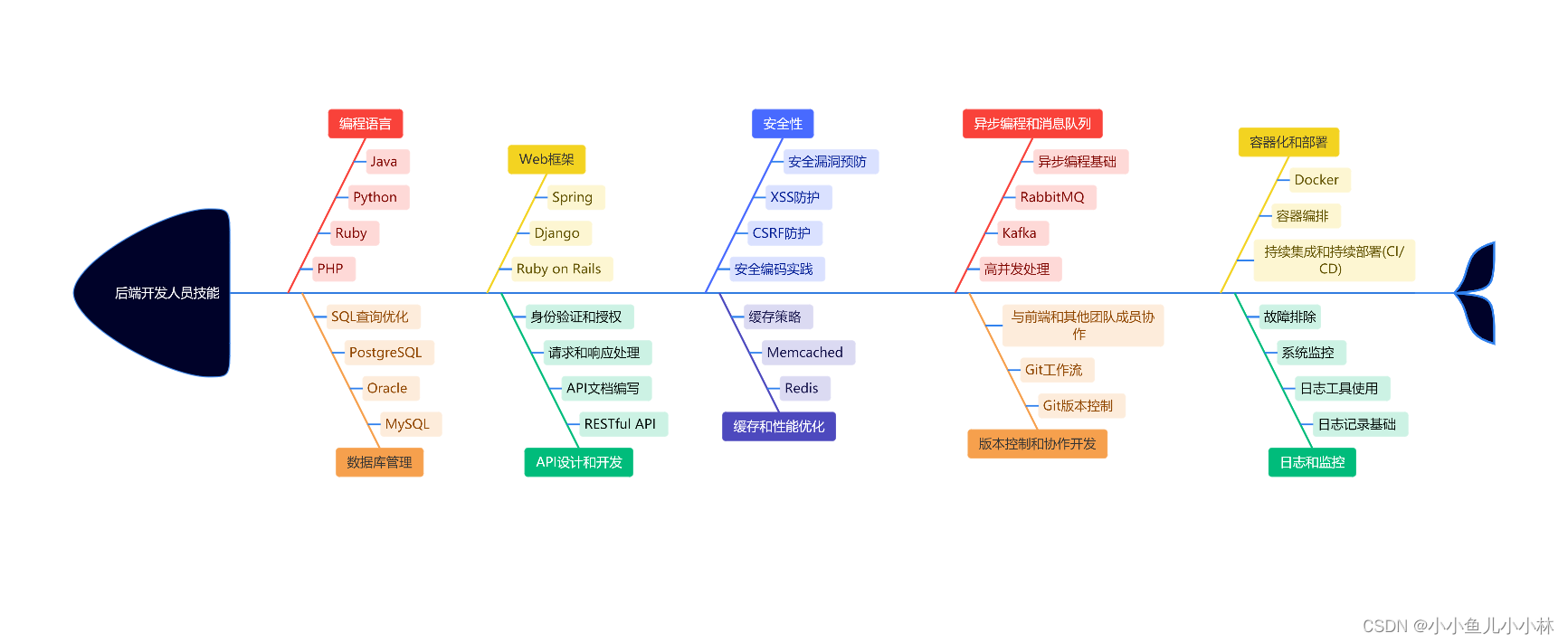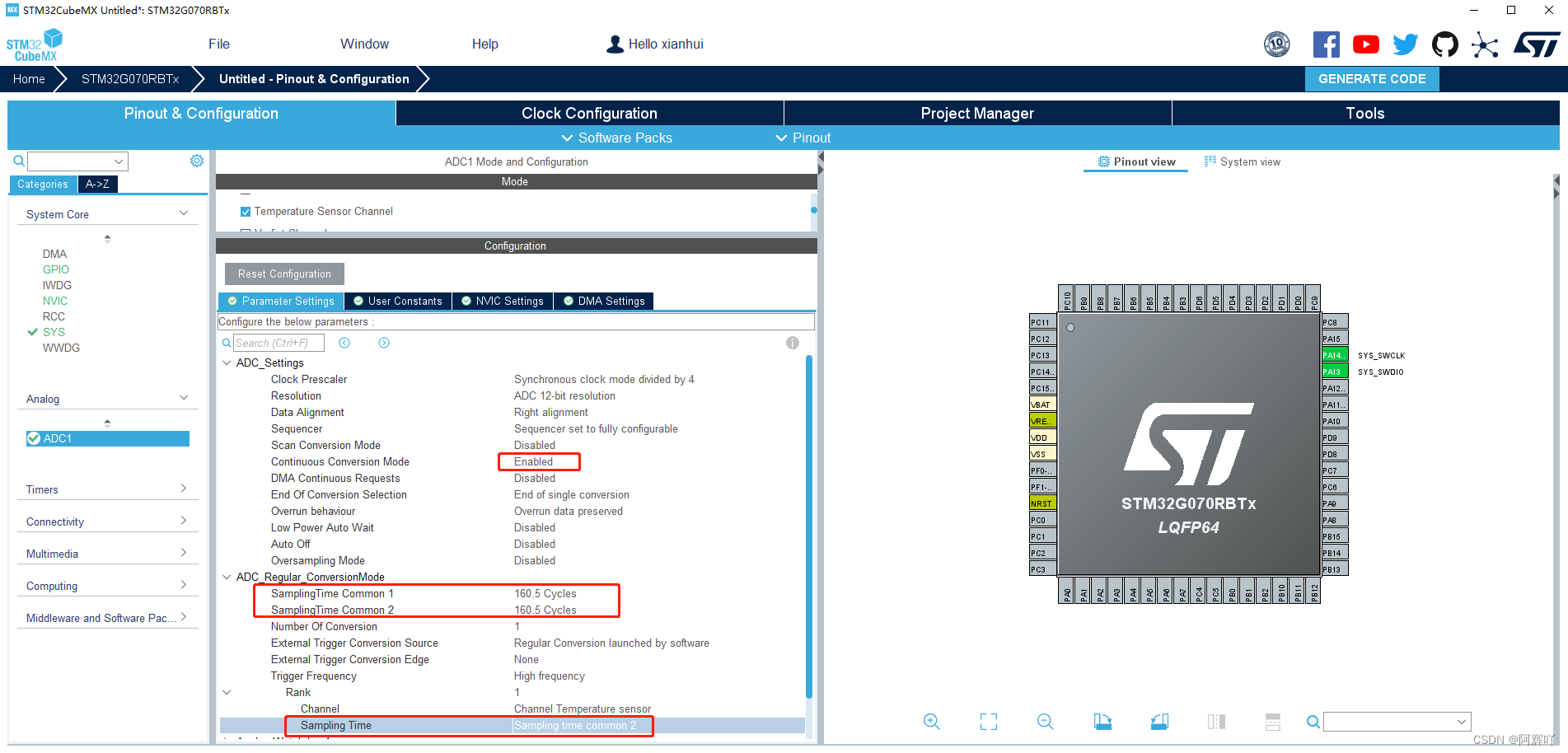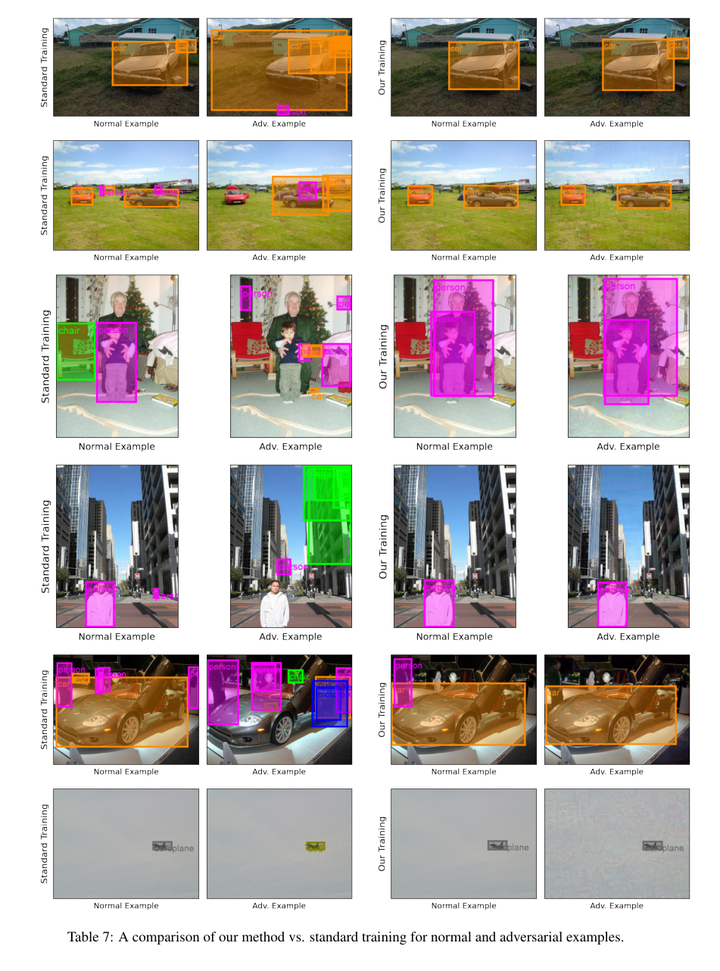/*解释器风格架构是一种基于组件的设计架构,它将应用程序分解为一系列组件,每个组件负责处理特定的任务。这种架构有助于提高代码的可维护性和可扩展性。以下是如何使用C#实现解释器风格架构的步骤:定义组件:首先,定义一个组件接口,这将是所有组件需要遵循的规范。这包括组件的基本操作,如添加、删除、查询等。*/
void Main()
{var inter = new Interpreter();inter.ExecuteCommand("ADD hello");inter.ExecuteCommand("ADD word");inter.ExecuteCommand("ADD 123");inter.ExecuteCommand("ADD 456");inter.Print();inter.ExecuteCommand("DEL 123");inter.Print();
}//定义组件:首先,定义一个组件接口,这将是所有组件需要遵循的规范。
//这包括组件的基本操作,如添加、删除、查询等。public interface IComponent
{void Add(object item);void Remove(object item);bool Contains(object item);object Get();int Count { get; }
}//实现组件:为每个组件创建一个类,实现组件接口。例如,创建一个名为ListComponent的类,
//它实现了IComponent接口:
public class ListComponent : IComponent
{private List<object> _items = new List<object>();public void Add(object item){_items.Add(item);}public void Remove(object item){_items.Remove(item);}public bool Contains(object item){return _items.Contains(item);}public object Get(){return _items;}public int Count => _items.Count;
}//创建解释器:创建一个解释器类,该类负责解释和执行用户输入的命令。
//解释器需要实例化每个组件,并将它们连接在一起以实现特定的功能。
public class Interpreter
{private IComponent _rootComponent;public Interpreter(){_rootComponent = new ListComponent();}//解析和执行命令:在ExecuteCommand方法中,解释器需要解析用户输入的命令,并调用相应的组件方法来实现特定功能。例如,如果用户输入了ADD 1,//解释器需要调用ListComponent的Add方法,将1添加到列表中。public void ExecuteCommand(string command){string[] tokens = command.Split(' ');if (tokens[0].Equals("ADD", StringComparison.OrdinalIgnoreCase)){//int value = int.Parse(tokens[1]);_rootComponent.Add(tokens[1]);}if(tokens[0].Equals("DEL" , StringComparison.OrdinalIgnoreCase)){if(_rootComponent.Contains(tokens[1])){_rootComponent.Remove(tokens[1]);}}// 其他命令解析和执行}public void Print(){ _rootComponent.Get().Dump();}
}//测试和优化:编写测试用例,验证解释器是否能正确解析和执行用户输入的命令。在实际应用中,可能需要对解释器进行优化,以提高性能和可维护性。
//集成和部署:将解释器集成到应用程序中,以便与用户进行交互。部署应用程序,以便用户可以测试和使用解释器。
//以上就是在C#中实现解释器风格架构的基本步骤。解释器风格架构可以帮助您更好地组织代码,提高代码的可维护性和可扩展性。在实际应用中,
//可能需要根据具体需求对解释器进行调整和优化
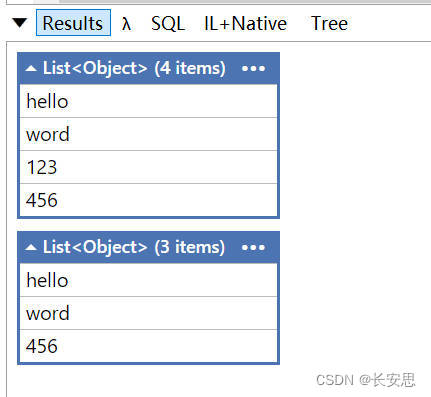
执行结果图

